Happy New Year to all our partners, readers, and friends. The team of the Life.Augmented blog wishes you a great 2019 full of innovation, passion, and satisfaction. We thank you for your continued support and faithfulness to our site and promise to deliver even more thought-provoking and fascinating content. However, before jumping into our new year resolutions, let’s celebrate 2018 one last time with a look at some of the most successful blog posts of the past twelve months.
10. Saving the Planet, One Parking Space at a Time
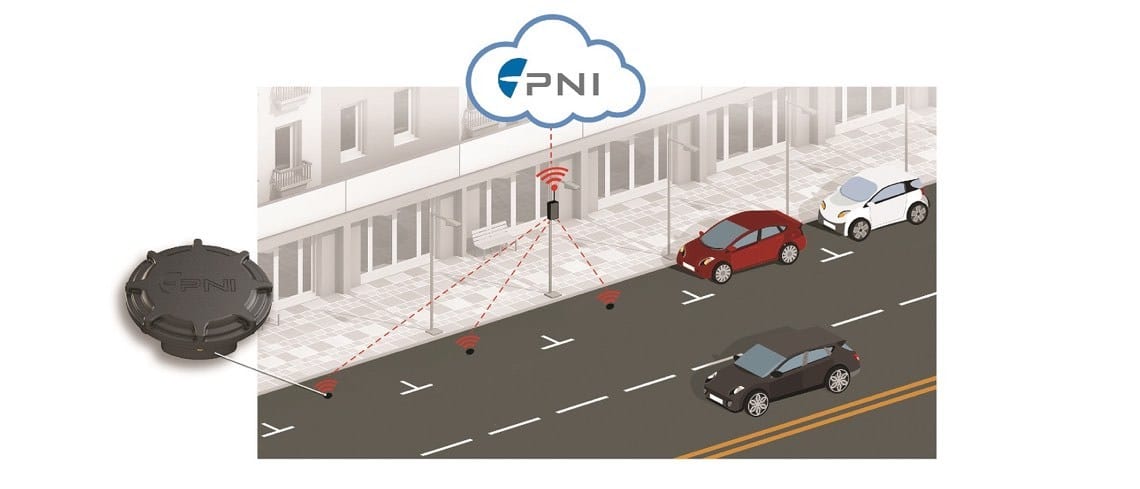
The parking sensor PlacePod was a surprising success this year, but we can easily imagine why it captured people’s attention. It uses an STM32L0 at its core to process data from a magneto-inductive sensor and to send alerts to the cloud. As a result, users can know where to park before they arrive, thus significantly saving time, alleviating stress, and reducing the carbon footprint of their trip. Who doesn’t dream of a world with no traffic jams and time wasted idly in parking lots?
9. Could Bluetooth Conquer the World?

Bluetooth is already so ubiquitous. However, to make it even more present in our lives, the Bluetooth Special Interest Group (SIG) created a new protocol, Bluetooth mesh, that enables Bluetooth LE controllers to create a mesh network of up to 32,000 devices. The potential of such a technology is tremendous, from smart homes and buildings to industrial applications, which is why our STSW-BNRG-Mesh software pack became such a hot topic this year. It allows developers to create Bluetooth mesh application with any of our existing BlueNRG-1, BlueNRG-2, SPBTLE-1, and BlueNRG-MS devices, thus bringing this new protocol to a plethora of products already on the market.
8. Protecting your CAN bus
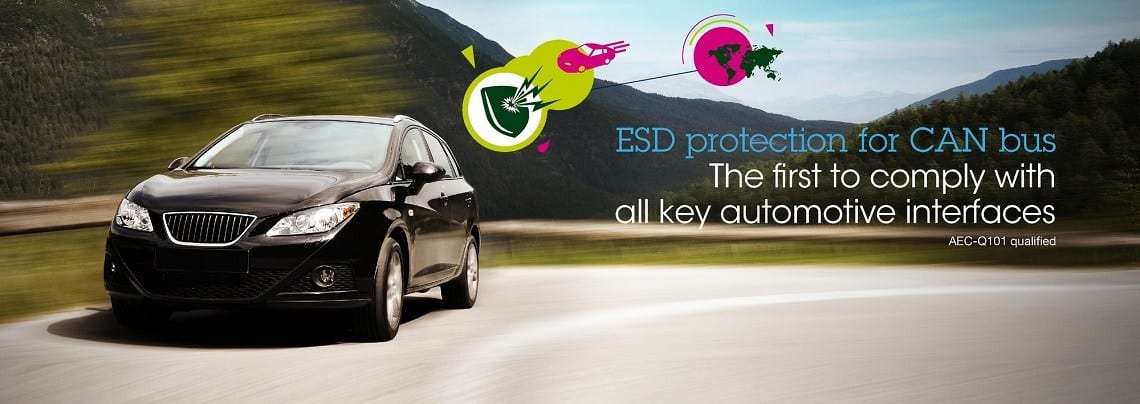
Protecting a system against electrostatic discharges (ESD) is a fundamental aspect of any design, which is why our solutions are so popular. For instance, the ESDCAN0x-2BWY is compliant with all key automobile interfaces, including CAN-FD, which makes it such a strategic device. Indeed, manufacturers must protect this critical protocol against rogue currents because if a malfunctioning CAN bus can lead to failures within the car’s safety systems, which could then potentially endanger the driver and passengers of a vehicle. It is thus easy to see why this topic got so much attention in 2018.
7. A New Spin on our Motor Controls
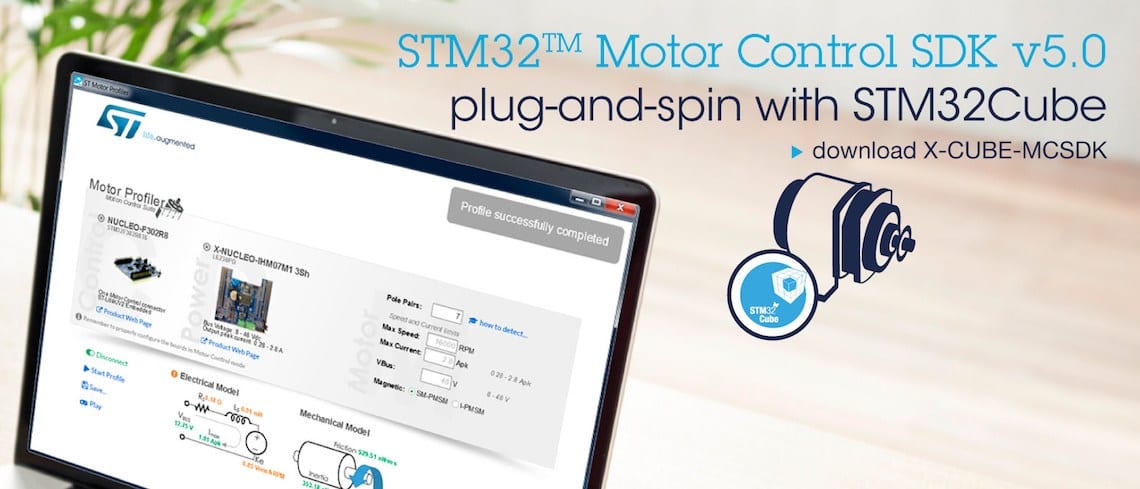
The X-CUBE-MCSDK got a lot of attention in 2018 because it completely transformed the way developers wrote motor control applications. It moved to a C code base and paradigms that made it a lot more accessible to developers. It brought massive updates and significantly optimized its interactions with STM32CubeMX to make it a lot simpler for designers to configure their system and change MCU. Our new SDK for motor control application was indeed a new and more modern approach that got a lot of traction and appreciation.
6. Everything You Wanted to Know About STSPIN
Our eBook on our STSPIN Motor Drivers was quite popular this year, probably as a response to the Motor Control SDK overhaul we mentioned earlier. Indeed, there was a new interest in our various solutions, and the eBook helped designers that were getting started on a new project or needed to optimize their work. One of the focuses of this book is the implementation of the STSPIN820, the smallest 45 V motor driver with a resolution of up to 256 micro steps because its size is often synonymous with lower costs and simpler prototypes.
5. A SoC With a Neural Network
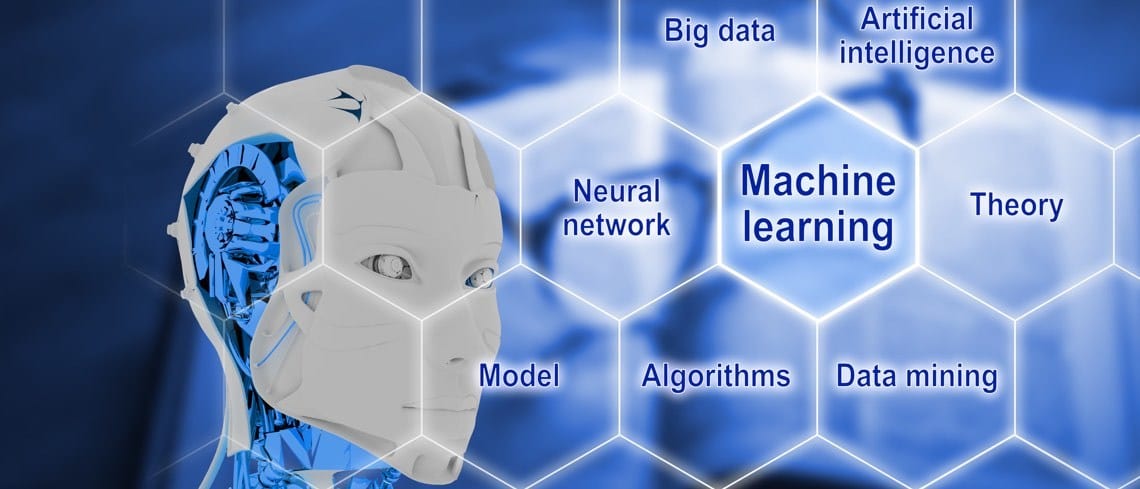
The ST paper entitled A New Scalable Architecture to Accelerate Deep Convolutional Neural Networks for Low Power IoT Applications gained a lot of traction because it demonstrated that it is possible to run a neural network for image recognition applications within a SoC that integrates a Cortex-M4 and 128 KB of memory. Traditionally, a majority of people associate deep learning with powerful computers hosting multiple discrete and expensive graphics cards. The findings of our research teams were thus particularly groundbreaking because they dispelled this preconceived idea to open the door to a whole new computing paradigm.
4. Machine Learning Inside an Inertial Sensor

2018 was a seminal year for machine learning initiatives at ST and another project in this field that was hugely popular was the LSM6DSOX, an inertial MEMS with 16 finite state machines (FSM), and a decision tree. Expected to arrive in 2019, the sensor enables the creation of features that developers traditionally run on a microcontroller. However, by executing them on the device, engineers can drastically reduce the power consumption, opening the door to radically better user experiences. The LSM6DSO with 16 FSMs only is already out and making waves.
3. From STM32 to STEM
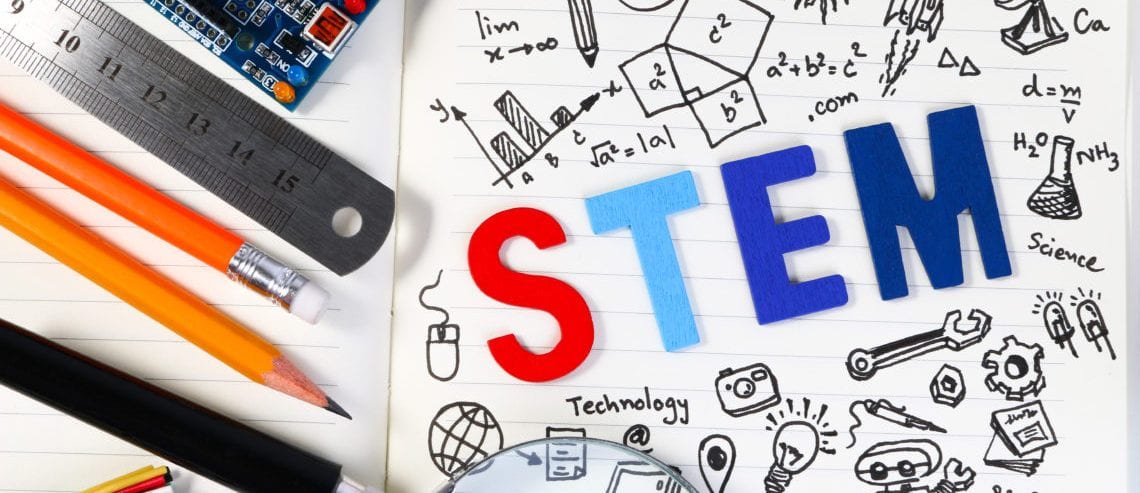
In 2018, we were able to tell the world that education remains a priority for ST and that we want to support the next generation of innovators. It was thus a privilege for us to use the success of our STM32 platform to shine a light on various initiatives that bring STEM (Science Technology Engineering Mathematics) to the forefront, such as the World Solar Car Challenge in Australia or the Tech Museum in San Jose, California. By bringing MCUs, engineers, experts, and guidance to these events, we try to make a difference in our local communities and give the confidence that will shape the next generation of tech leaders.
2. To the Ends of the Earth and Back
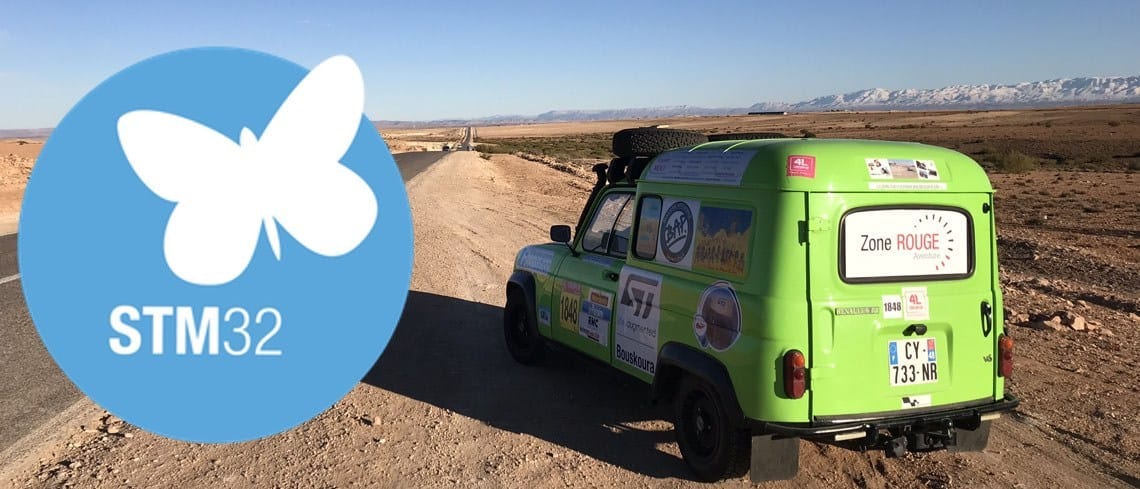
When David Voge, and Jean-Jacques Fagot, participated in the 4L Trophy, they didn’t expect that their accomplishment would have such a positive and widespread impact on our community and our company. They raced in a vintage car to raise funds to build schools for children in the south of Morocco and to bring supplies to students in challenging circumstances. However, when they came back, they realized that by wearing the colors of STM32, they were carrying the aspirations of all our employees that desire to go the extra mile to make the world a better place.
1. The Life Lessons Taught by SensorTile
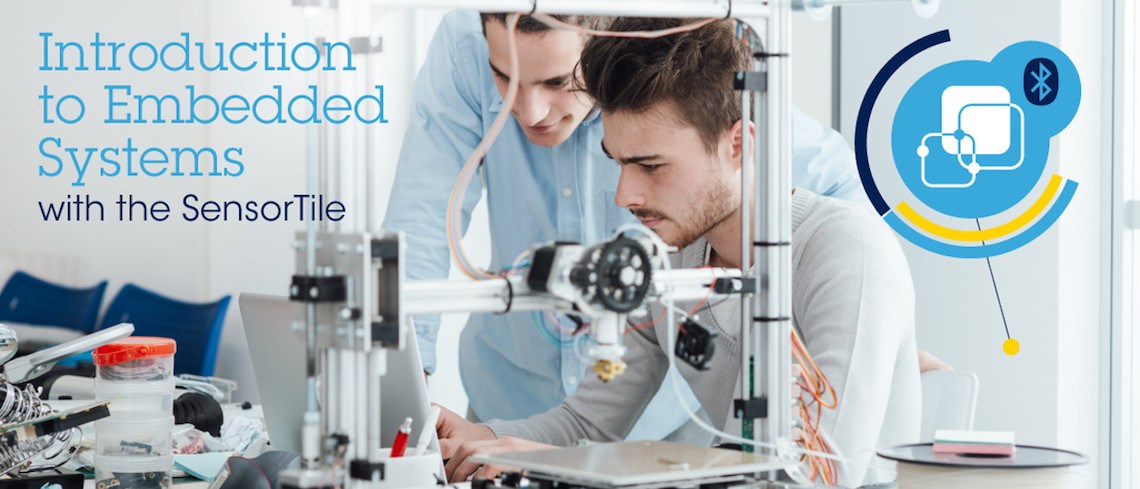
Our blog article on Introduction to Embedded Systems with SensorTile was our most successful post of the year. It’s easy to understand its appeal: the course brings embedded systems to all enthusiasts and students, for free, and it is so engaging that many UCLA undergraduates ended up working on groundbreaking machine learning projects. Our SensorTile platform is a wonderful tool for beginners and experts alike, but above all, this lesson used our products to teach valuable life lessons, and we are genuinely grateful to Professor William Kaiser, the author of the course, for making our community more accessible.
